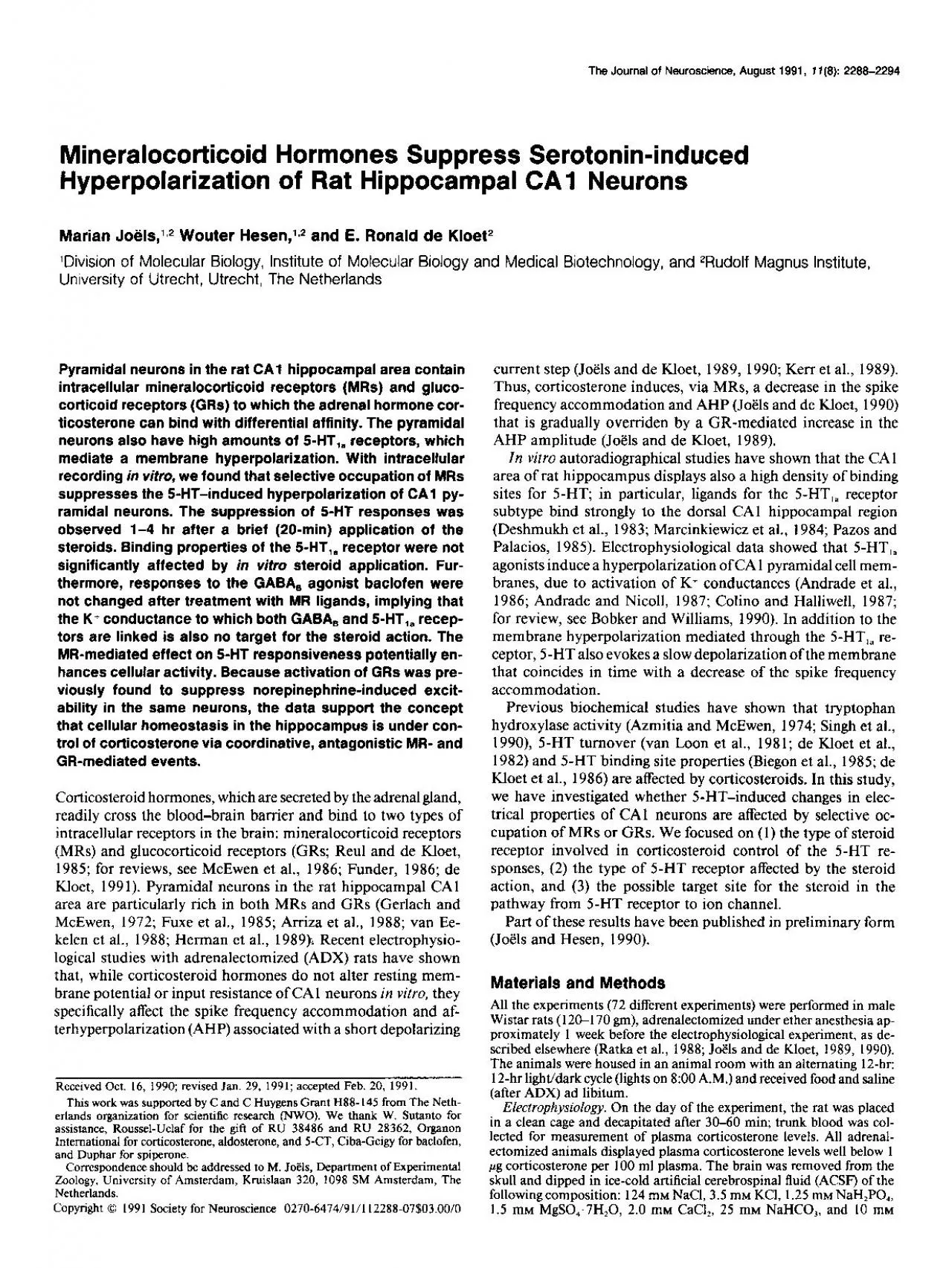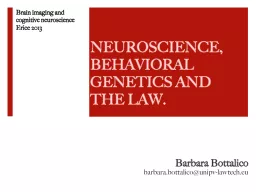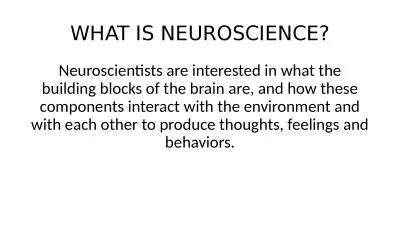PDF-The Journal of Neuroscience August 1991 IfE 22992294
Author : willow | Published Date : 2022-10-26
Mineralocorticoid Hormones Suppress Serotonininduced Hyperpolarization of Rat Hippocampal CA 1 Neurons Marian Joil Wouter Heseni2 and E Ronald de Kloet 145Division
Presentation Embed Code
Download Presentation
Download Presentation The PPT/PDF document "The Journal of Neuroscience August 1991 ..." is the property of its rightful owner. Permission is granted to download and print the materials on this website for personal, non-commercial use only, and to display it on your personal computer provided you do not modify the materials and that you retain all copyright notices contained in the materials. By downloading content from our website, you accept the terms of this agreement.
The Journal of Neuroscience August 1991 IfE 22992294: Transcript
Download Rules Of Document
"The Journal of Neuroscience August 1991 IfE 22992294"The content belongs to its owner. You may download and print it for personal use, without modification, and keep all copyright notices. By downloading, you agree to these terms.
Related Documents














